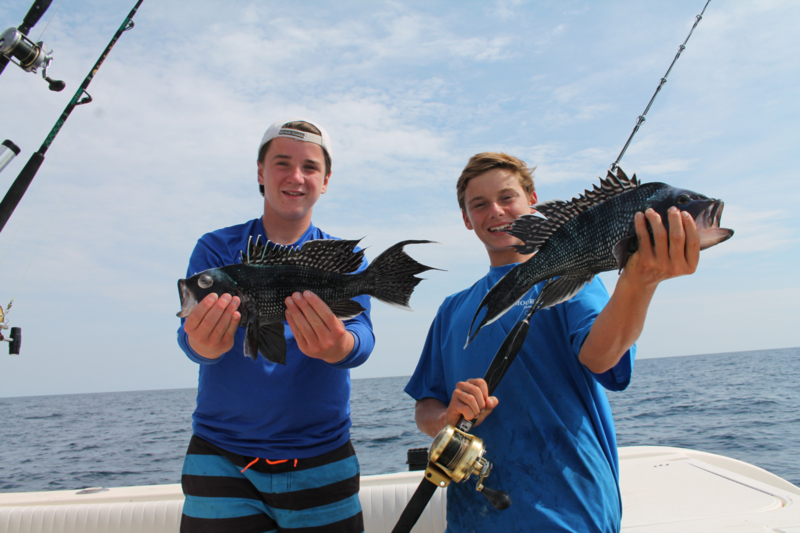Trying to understand how fisheries science and management works is like trying to understand how the stock market works. We all have a general idea of the concepts at play, and we all certainly feel the effect of its machinations. But when you begin to dig into the details of how everything works — or doesn’t work — a myriad of countless and convoluted details are exposed. Often they seem contradictory and confusing, and just as often they’re so buried in a morass of complexities that it seems almost impossible to wrap your head around why things happen the way they happen. Unfortunately, in venues such as these it’s easy for people with agendas to manipulate statistics and data to fortify positions and sometimes make decisions that are claimed to be for the greater good, when nothing could be farther from the truth.

We all know that the general idea of insider trading is a “crime,” yet there are endless examples of people who make trades with what can be argued is unfair knowledge, and get away with it because the way they do so is perfectly legal. Similarly, our fisheries are often doled out in a less than fair yet perfectly legal manner. Knowing how the system works is key when pushing for change.
Many of us would like to see such change, but we need a better educated public so that the larger community can help in these efforts. If you read FishTalk regularly, you’ve heard us harp time and again on the single most effective thing each and every one of us can do to both become educated and play a positive role in initiating change: Join CCA, the lonely voice of our recreational fishing community in Maryland, and in Virginia join CCA-VA and the Virginia Saltwater Sportfishing Association. Do so and you’ll receive emails letting you know when these fights are being fought, including timing and recommendations for making public comment via the Take Action page on CCA’s website.
Engaging in the process as the regulators are considering their options is another way we can make our voices heard. But just how you go about it matters. Recently I attended a Marine Resources Education Program on fisheries science and management, and left with a few important take-aways about becoming meaningfully involved in the process:
- Fisheries managers are people, too, and yelling and screaming at them is the wrong way to bring them around to your way of thinking. A little politeness and respect go a long way when engaging with these folks.
- When you’re given specific options to choose from during comment periods, offering additional or different options is useless — it’s too late in the process. You may not like any of the options already on the table but one of them will be put into effect, so the best strategy is to pick the least offensive one and stipulate your support of it.
- Educate yourself on the issues. The fishery managers and regulators are hip-deep in this stuff, and when they see public comment, they can tell within seconds whether you know what you’re talking about or shooting from the hip. That makes a difference in how much weight they give your input.
If this stuff seems like a never-ending battle, well, that’s because it is. To make matters worse, in many cases we’re fighting it with faulty equipment. Much as we may hate the idea of depending on ludicrous MRIP numbers, for example, regulators are required by law to use them. Similarly, they’re required to use the “best available science” including when that science happens to be dated or obviously flawed. They have to use it even when the scientists who collected it specifically say not to. Striped bass management is the ultimate example of this, as the very study used by MRIP to calculate rockfish catch-and-release coastwide mortality (Diodati and Richards, 1996), states in its final paragraph, “Our present model would not be sufficient for estimating coastwide hooking mortality of striped bass…” Talk about a contradiction!
Meanwhile, in the Mid-Atlantic region we’re losing one battle after the next. Our access to multiple fisheries shrinks — even in cases where fish population numbers are on the rise, such as with black sea bass. Thus I beseech you yet again, anglers. If you enjoy fishing and you want to continue to do so, join CCA. Make those public comments every time the opportunity arises no matter how futile it may seem at times. Get involved in this process.
Editor’s note: Take a few moments to check out The Past, Present, and Future of Striped Bass, a Chesapeake Bay Perspective. This series was initiated to help recreational anglers gain a more comprehensive understanding of the striped bass fishery, the challenges facing it, and how we can affect change regarding it. Viewing these videos will be a great way to begin your own engagement in this process.